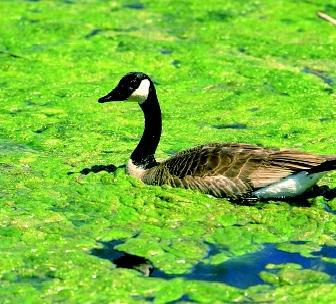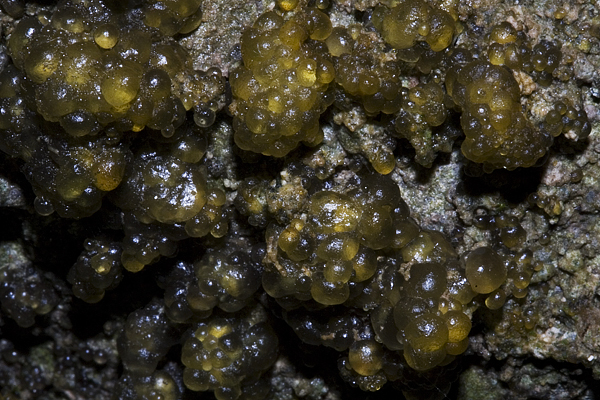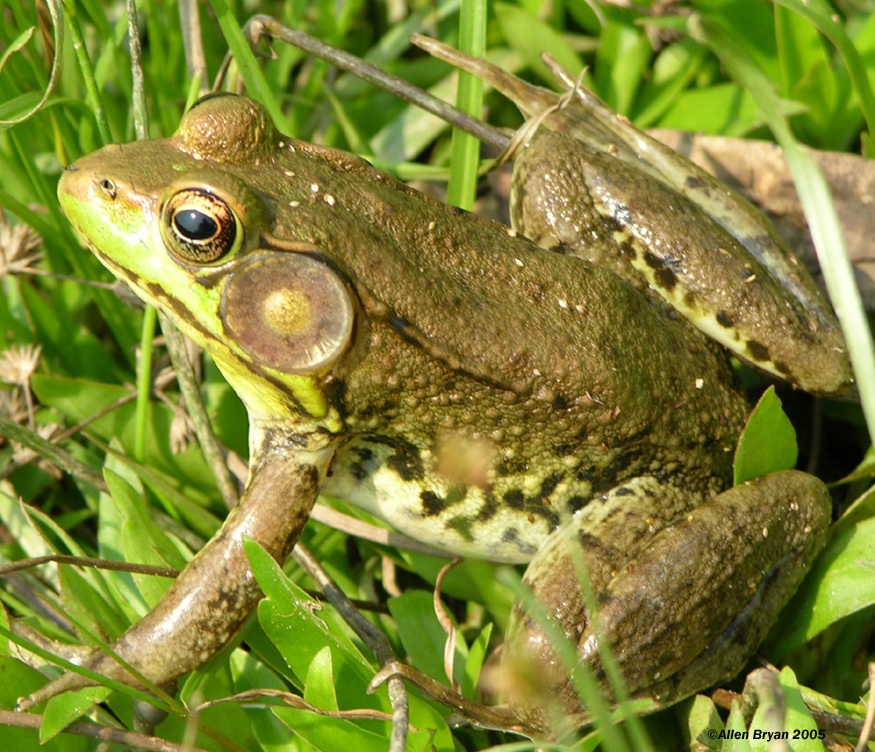Harmful Algal Blooms (HABs) are caused by planktonic bacteria. Cyanobacteria is not a true algae. These bacteria can float and form “scums” near the surface. An HAB can often times be confused with duckweed or watermeal, both of which are aquatic plants. HABs cause problems when environmental conditions, often human induced, favor their growth.
HAB cyanobacteria consists of Microcystis, Lyngbya, Anabaena, Nostoc, Aphanizomenon, Planktothrix, and Cylindrospermopsis. Factors that contribute to HABs include:
· Excess nutrients in water
· Sunlight
· Low-water or low-flow conditions
· Calm water
· Warm temperatures
· Low salinity
· Selective grazing by zooplankton. (Zooplankton may choose not to eat the cyanobacteria)
HABs can cause taste and odor problems in water, pollute beaches with scum, reduce oxygen levels for fish, cause processing problems in water supplies, and produce toxic chemicals. The toxins produced can be nerve toxins, liver toxins, and skin toxins. The toxicity level depends on the strains of bacteria present and on environmental conditions.
The World Health Organization states that monitoring of public drinking water should be increased after cyanobacteria concentrations reach 1 ppb (parts per billion). Risk of health problems from recreational contact is considered to be low at 4 ppb and moderate at 20 ppb.
The best way to reduce your risk of being harmed by HABs is to avoid waters with HAB advisories, water that is pea green, water with floating bright green scum, and discoloration. Rinse family members, pets, and yourself after swimming in natural waters. Do not drink natural water and do not eat fish from waters experiencing an HAB event.
Signs of HAB poisoning include:
· Numbness of lips
· Tingling in fingers and toes
· Dizziness
· Headache
· Rash
· Abdominal pain
In pets:
· Weakness
· Staggering
· Convulsions
· Vomiting
· Respiratory distress
HABs can be prevented by eliminating excess nutrient sources. Limiting the use of lawn and plant fertilizers, maintaining septic systems, not allowing geese to reside at your pond, and maintaining natural plants in the watershed will all help reduce nutrient sources.




















